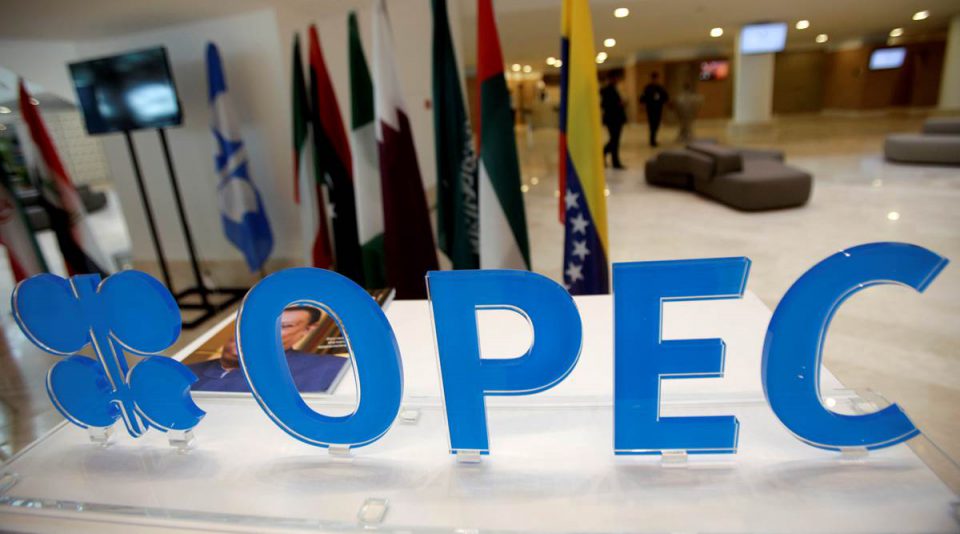Global oil prices have remained volatile, despite the Organization of the Petroleum Exporting Countries plus (Opec+), including Russia, agreeing under the US’ pressure to slash production by 10 million barrels per day (mbpd). With this, the organisation along with large producers ended its high-stakes game of flooding the global markets amid the covid-19 pandemic, which has taken a major toll on demand.
The agreement reached said, ‘Adjust downwards their overall crude oil production by 10.0 mb/d, starting on 1 May 2020, for an initial period of two months that concludes on 30 June 2020.’ The Opec+ arrangement cooperation charter was inked on 2 July last year.
Any production cut assumes significance because the daily global demand of around 101 mbpd is expected to come down by 10 mbpd during March-April. However, this could not cheer the global oil markets. While oil prices rallied in early deals on Thursday on account of the deal reached due to US’ consistent pressure to reach a compromise, they traded at low levels on Friday. The international benchmark Brent traded at $31.48 per barrel and the West Texas Intermediate (WTI) was at $22.76 per barrel. After crashing to the lowest level since 2002, oil prices had touched an all-time high of $147 per barrel in July 2008.
US President Donald Trump had earlier tweeted on the likelihood of a production cut of 10-15 mbpd by Saudi Arabia and Russia. The low energy price regime could put a majority of US shale oil producers out of business in the run-up to the US presidential elections in November.
Read EquityPandit’s Nifty Outlook for the Week







